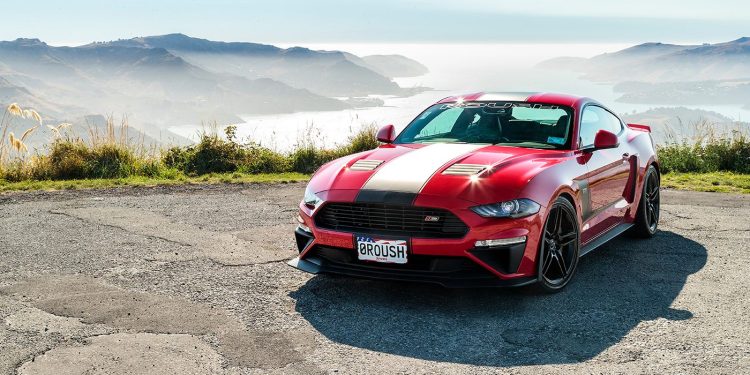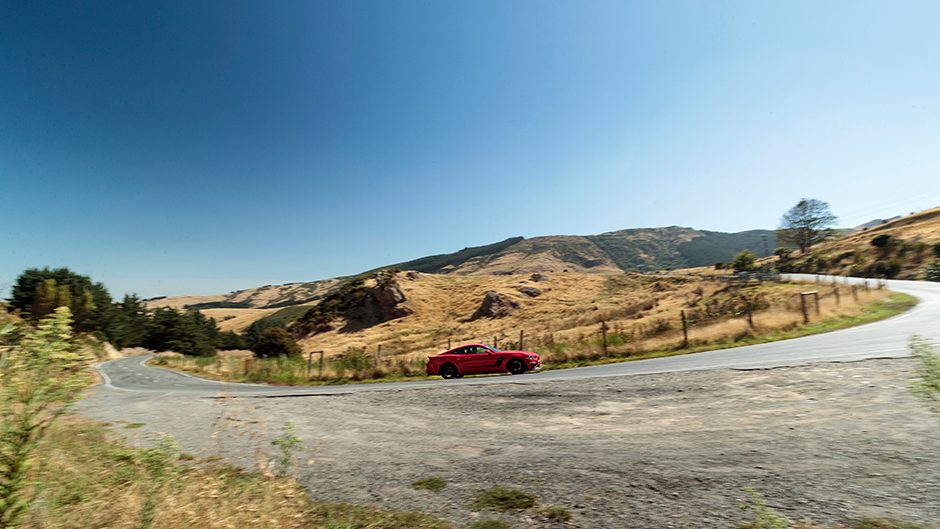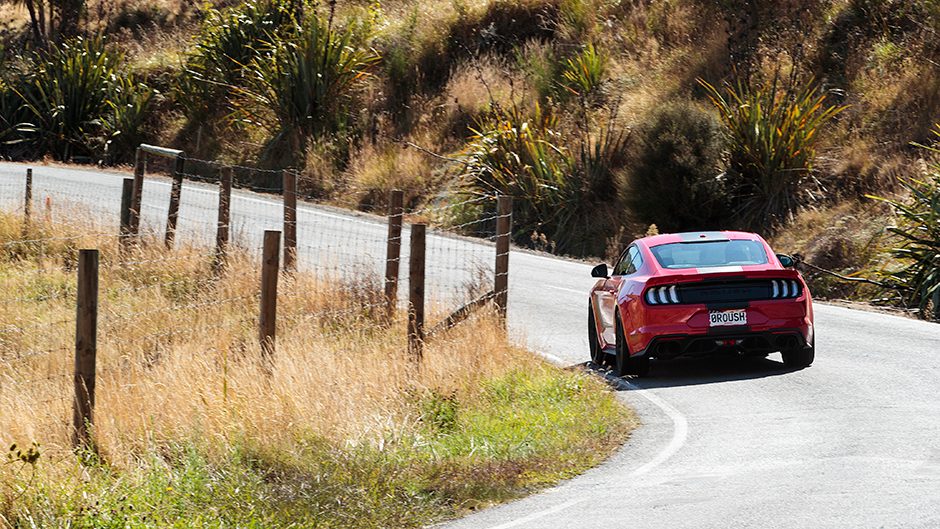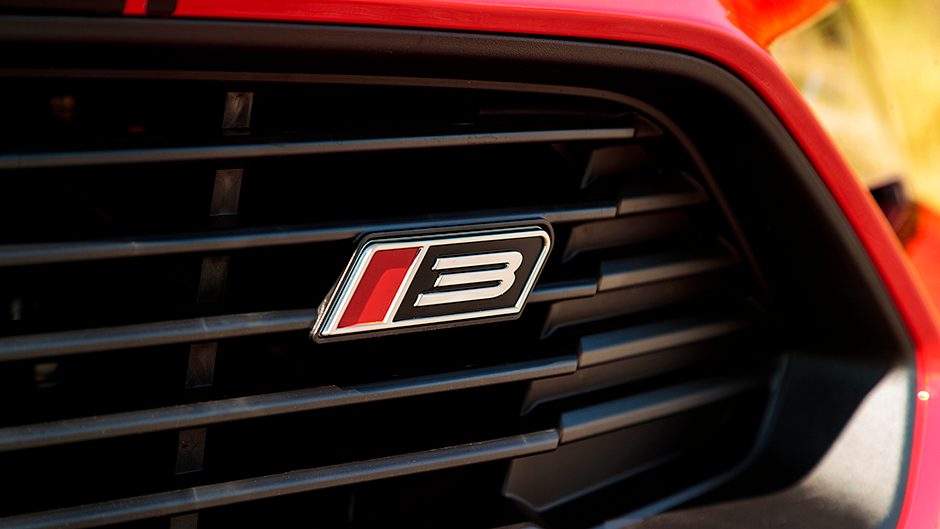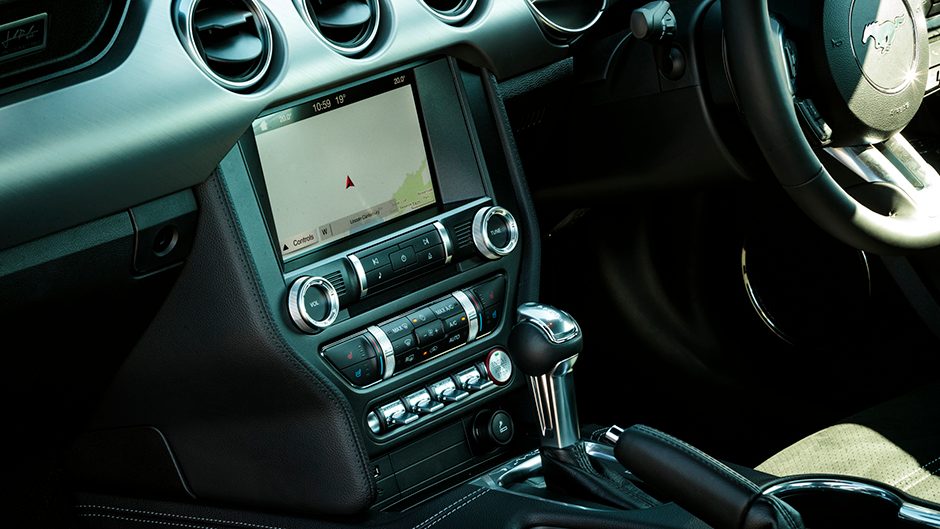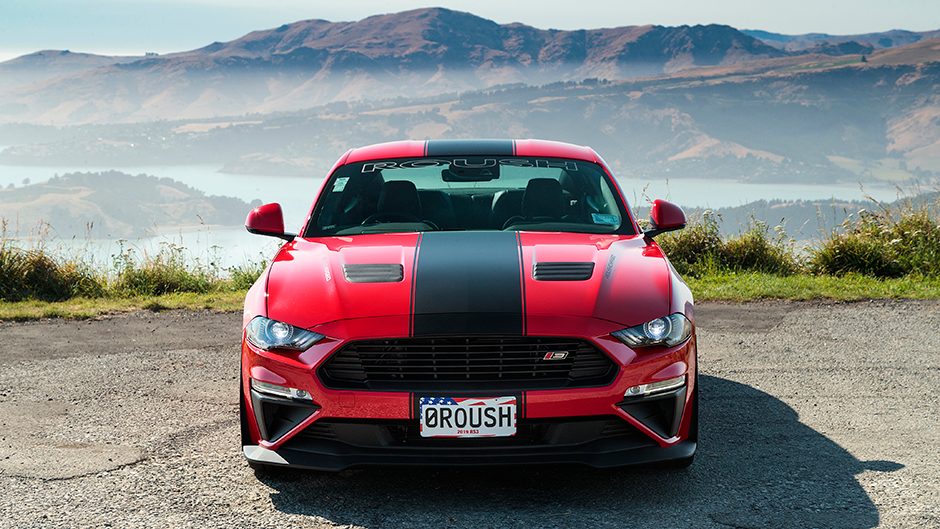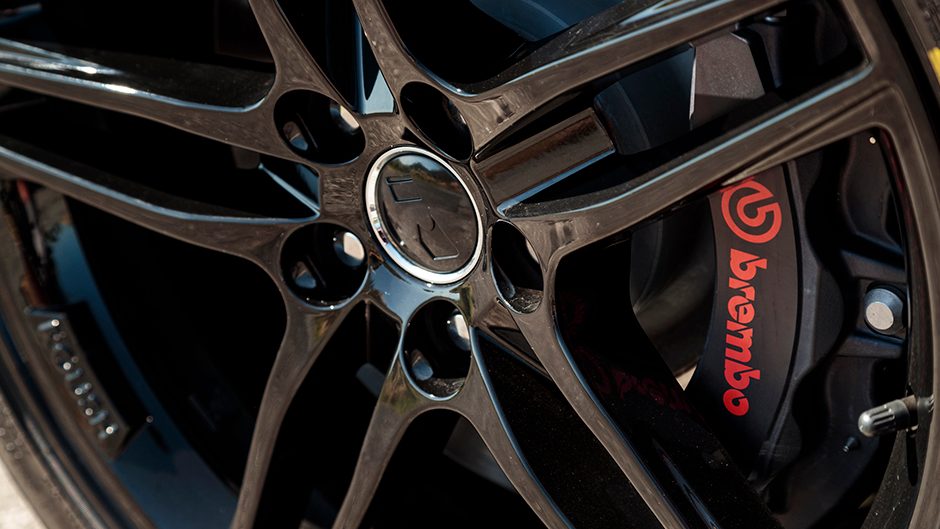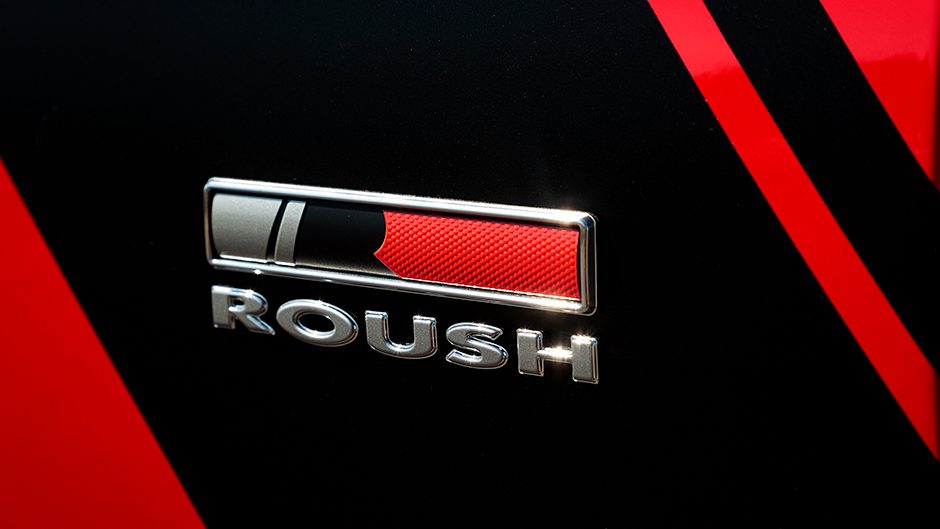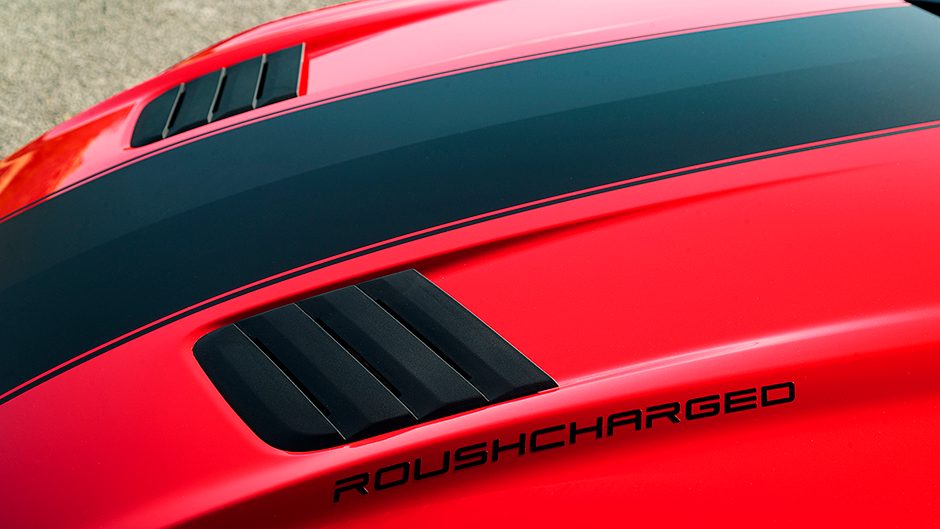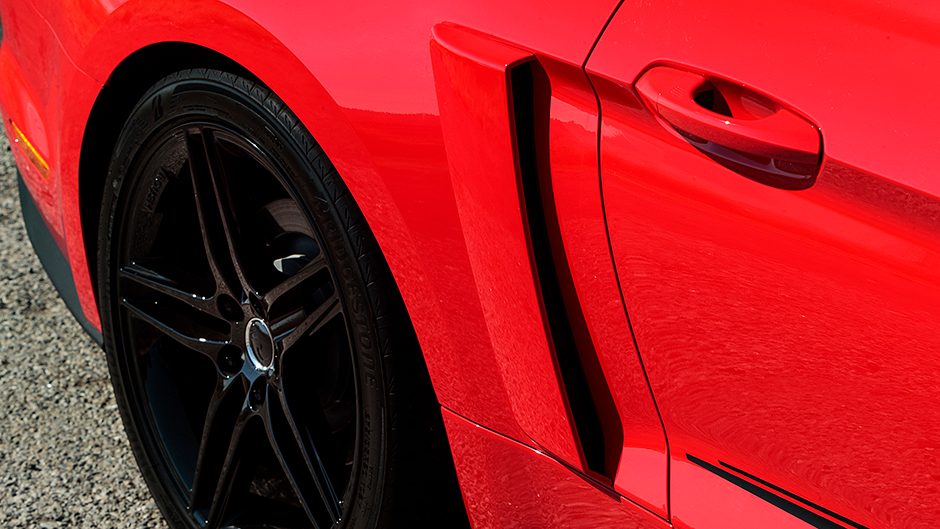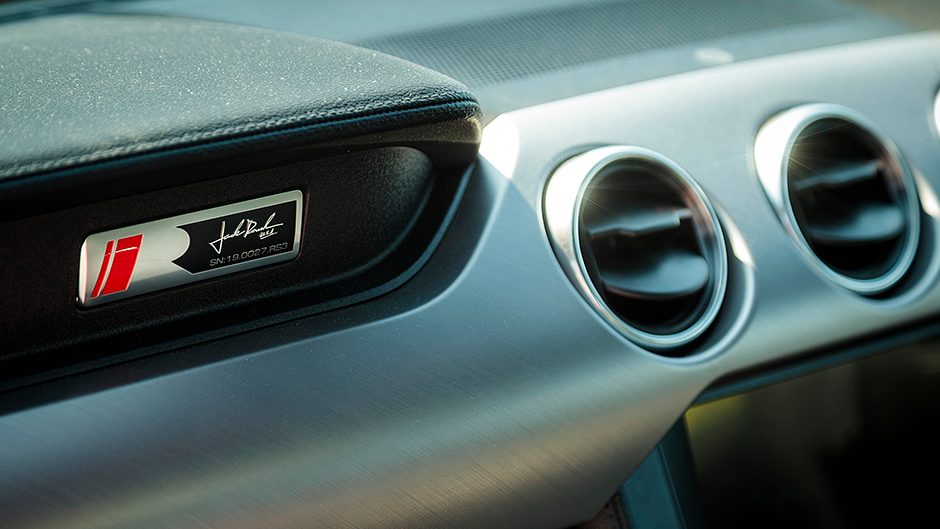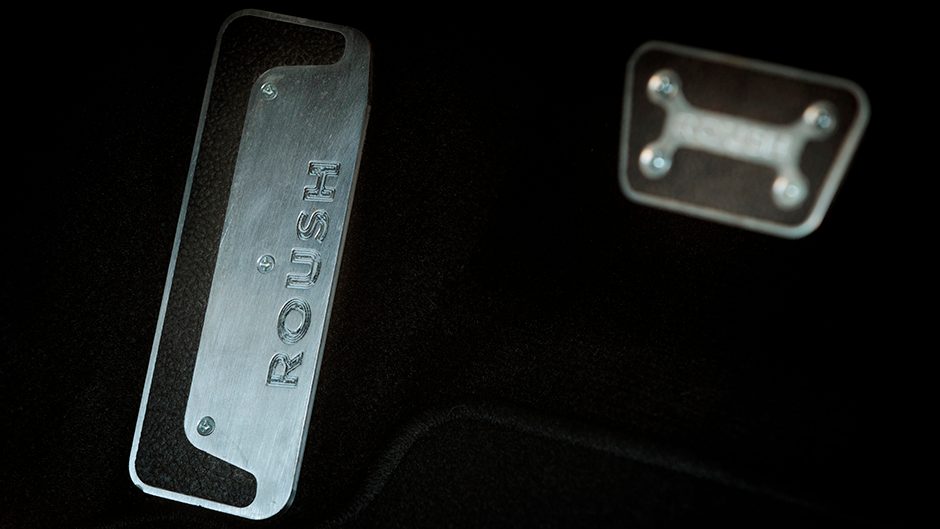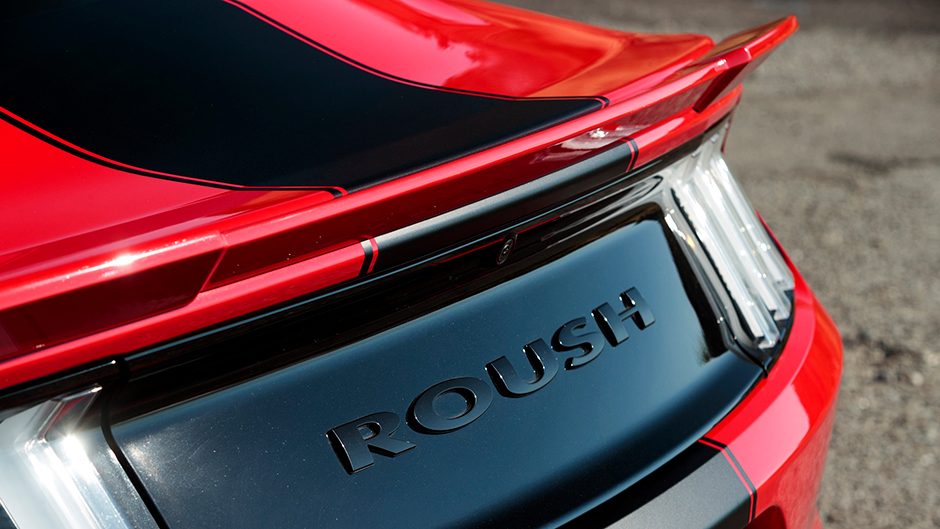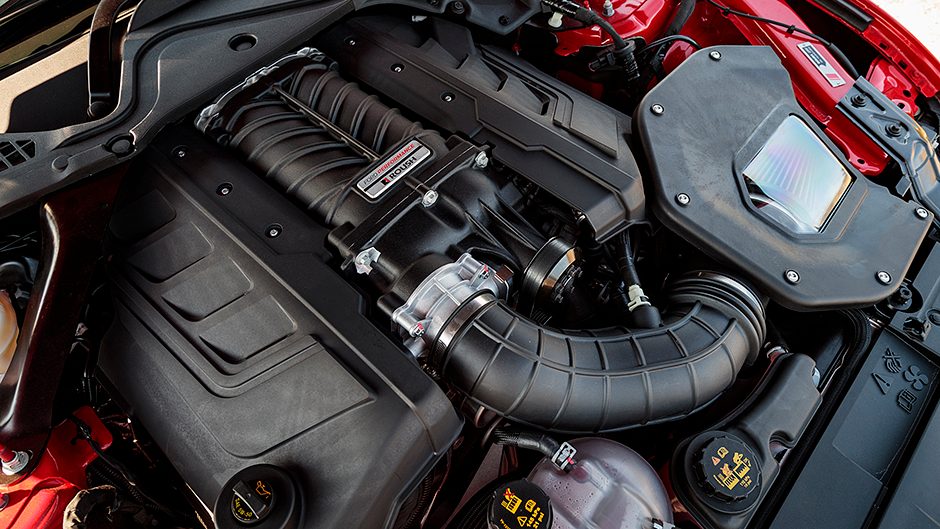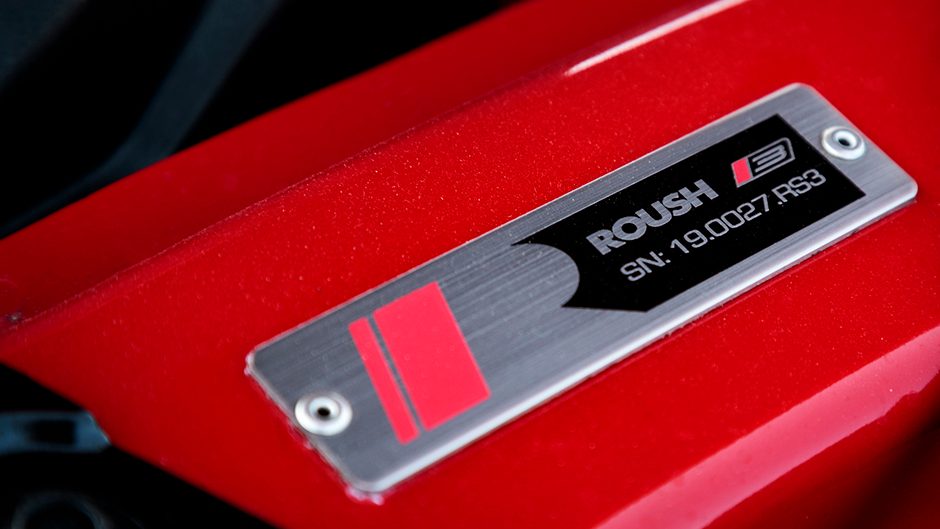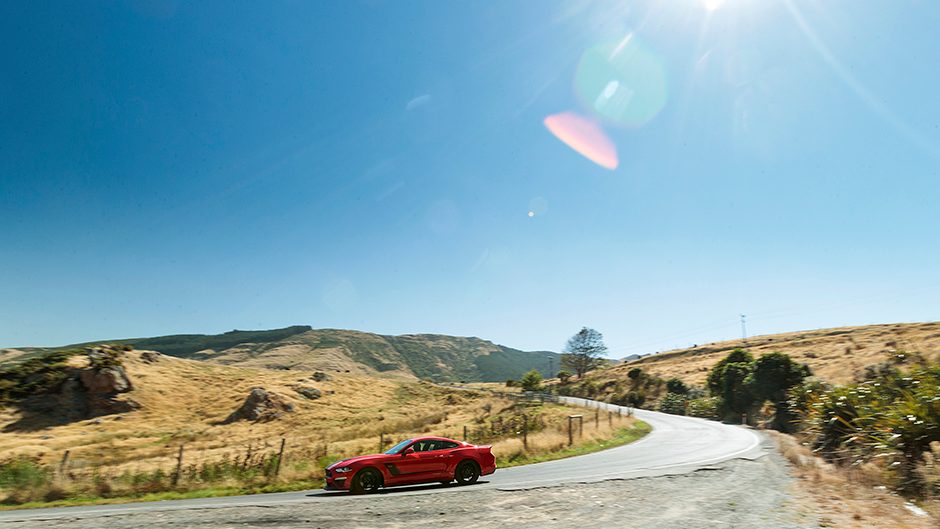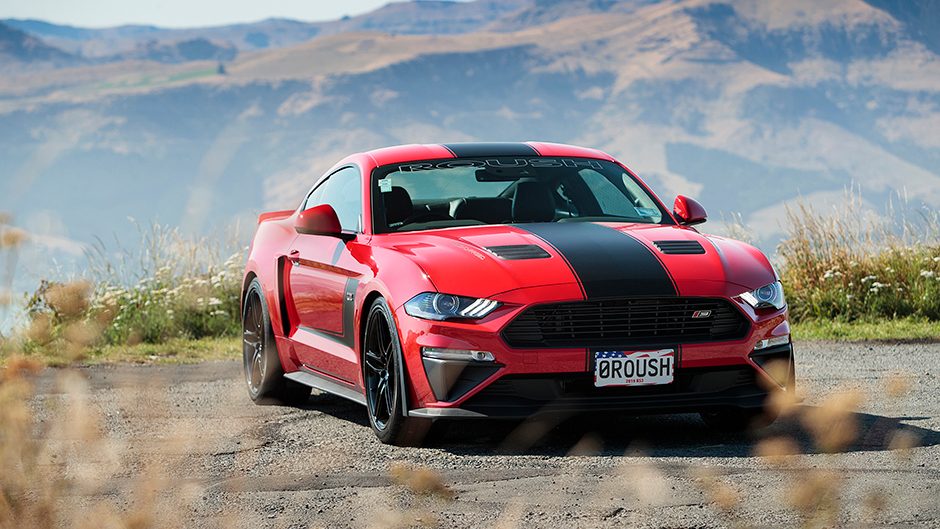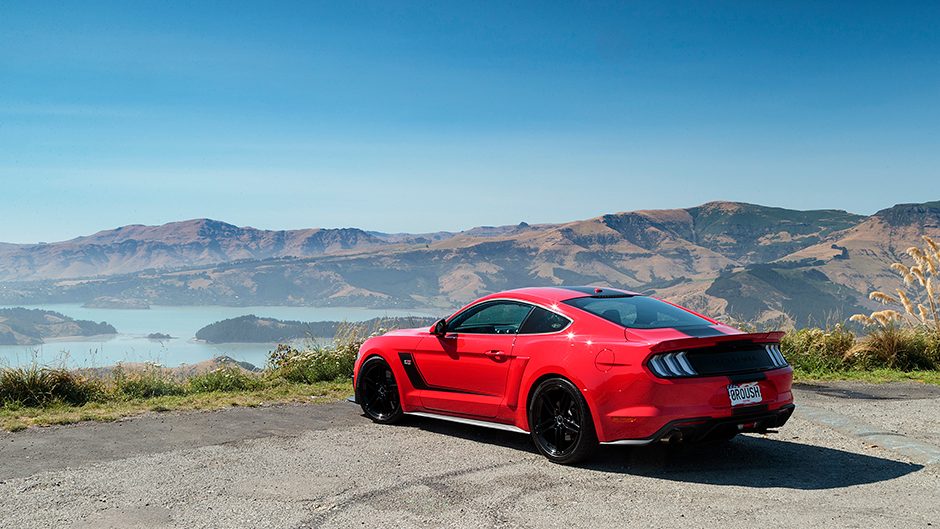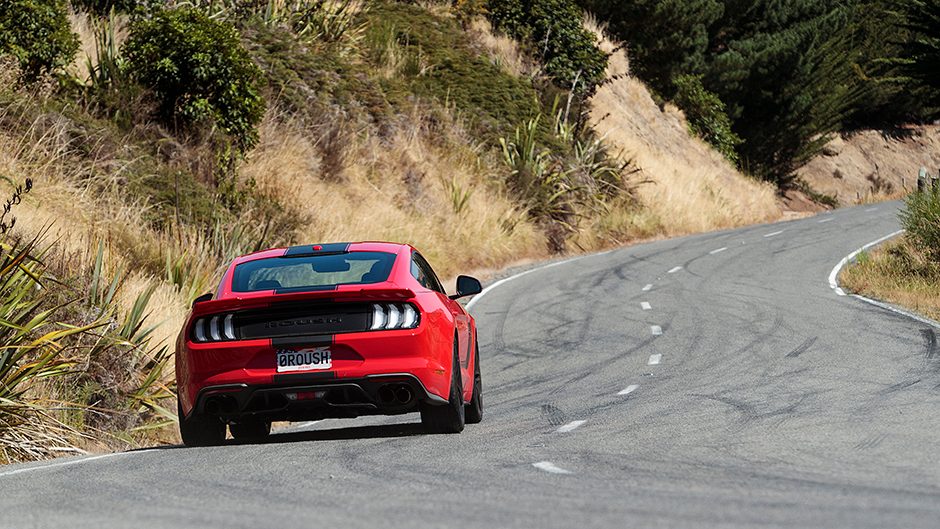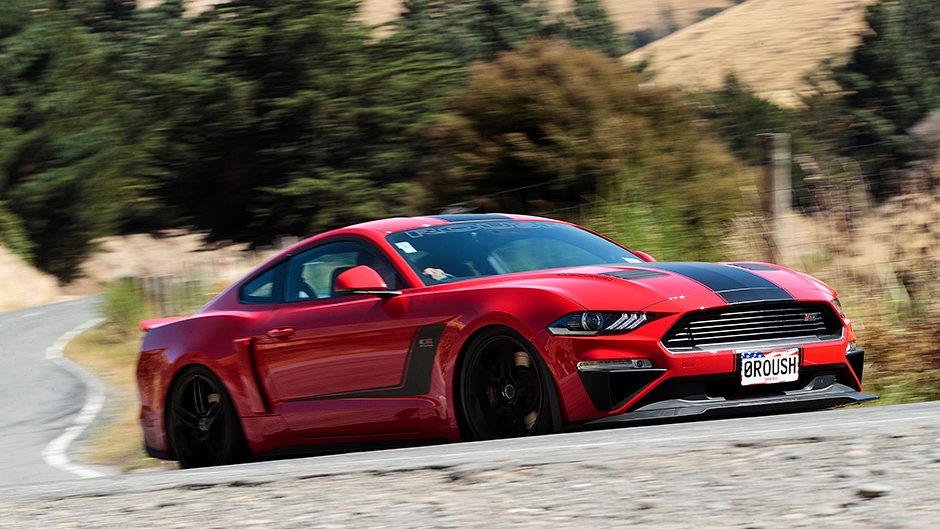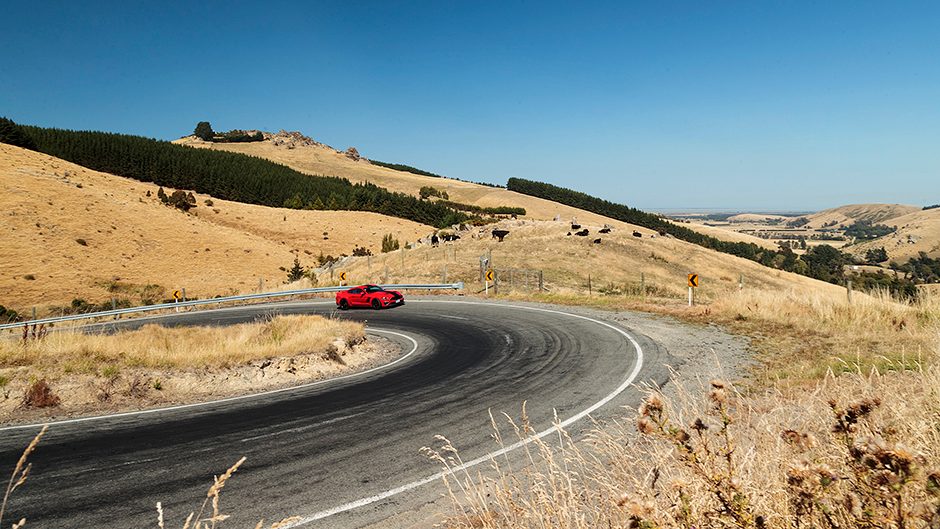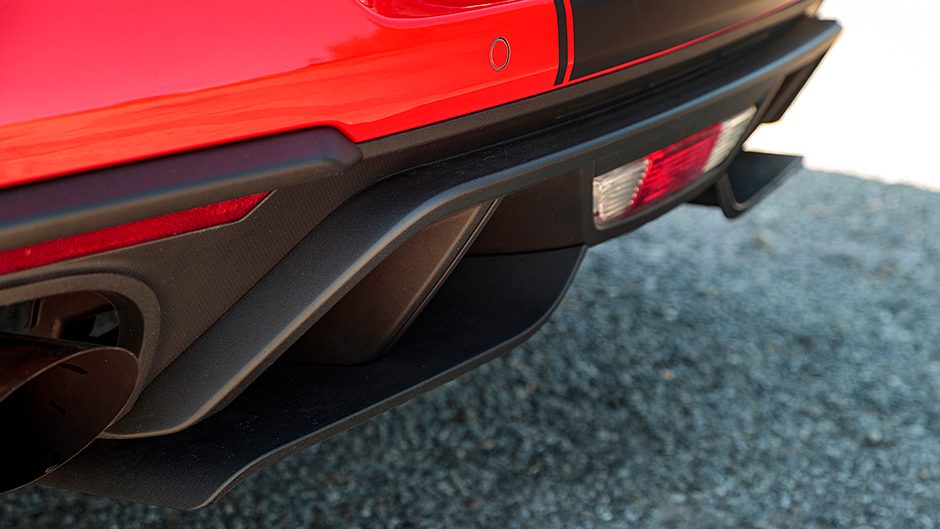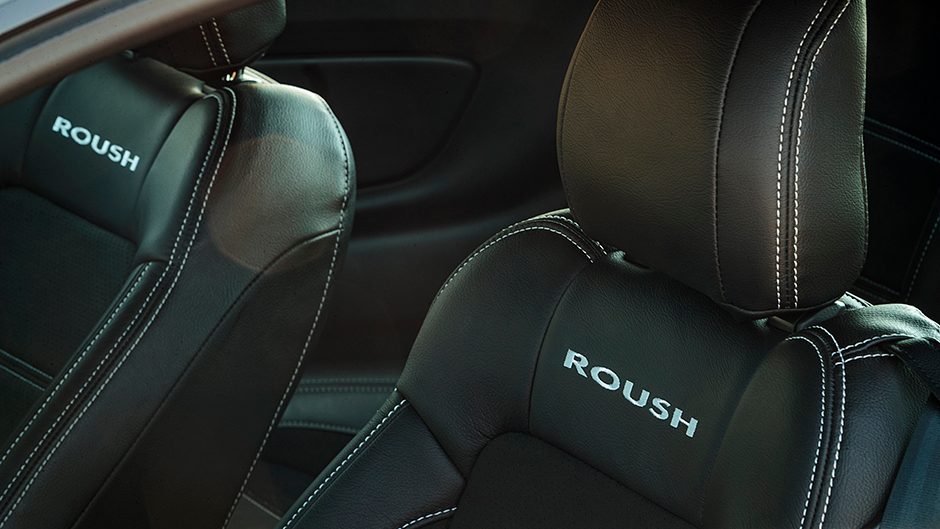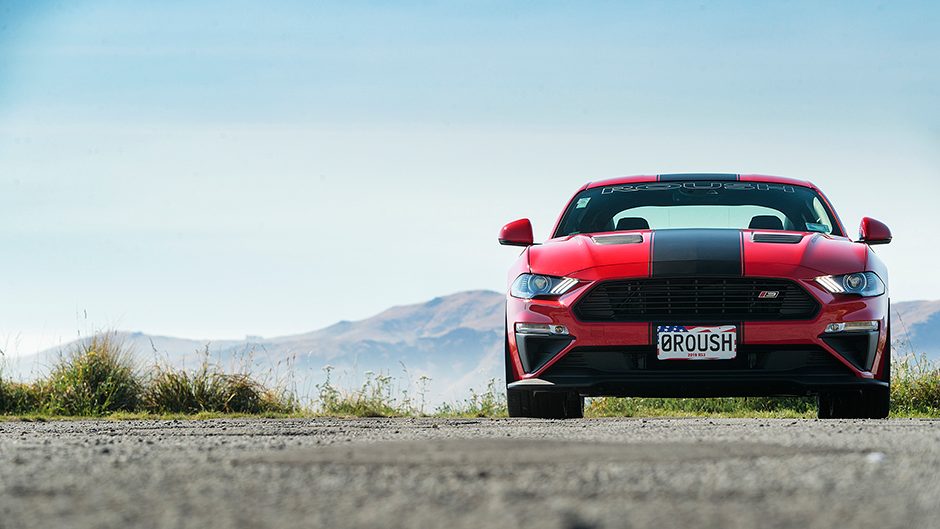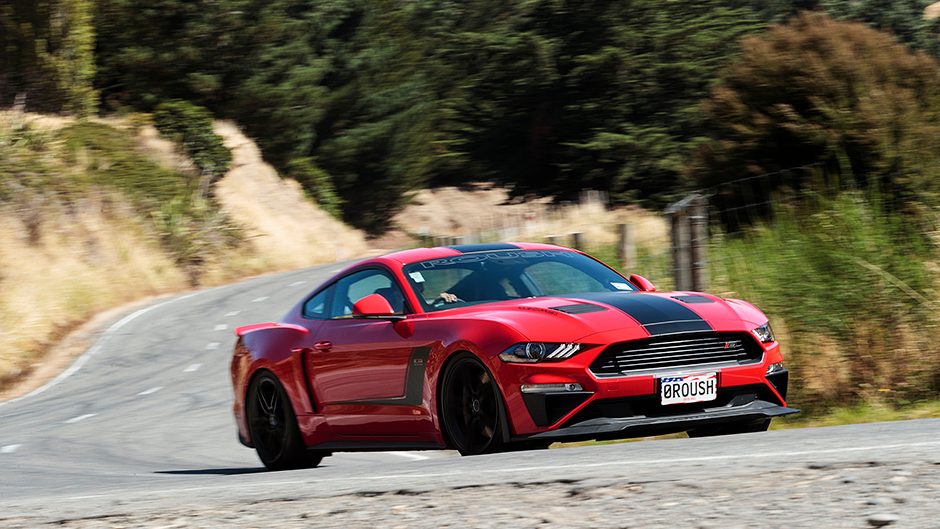2019 Ford Mustang Roush RS 3 review
Words Kyle Cassidy | Photos Tom Gasnier
They say the Mustang is the most modified car in the world. Here’s one tuned by actual racers, and fittingly, the Roush RS 3 is a real jet.
American Jack Roush started his career as an engineer with Ford before leaving in the early 70s to pursue his own interests. He focused on making race cars go fast, turning his hand to winning on the strip thanks to his powerfully tuned V8s, and on track with successful GT and IMSA cars in the 80s. Today Roush still runs in the big league of Nascar racing.
Also an entrepreneur, he started retailing his go-fast bits to other race teams on the way to setting up Roush Industries. It now employs over 2000 people, conducting engineering and validation work for manufacturers like Ford and GM and all sorts of other interests from roller coaster design, to military contracts to converting school buses to run on propane. One of the many tentacles of the business is Roush Performance, turning out killer crate engines along with parts to make Mustangs and F-150s look better, handle sweeter and go faster.
Roush also does full packages for the Mustang GT, like the Roush RS 3, which we headed to Christchurch to check out. Team Hutchinson Ford has recently been authorised as both a Roush dealer and installer, and is therefore able to offer the genuine Roush product. Spotters will see the RS 3 has the Roush appliqué on the rear, and Jack Roush’s signature on the dash-mounted plaque.
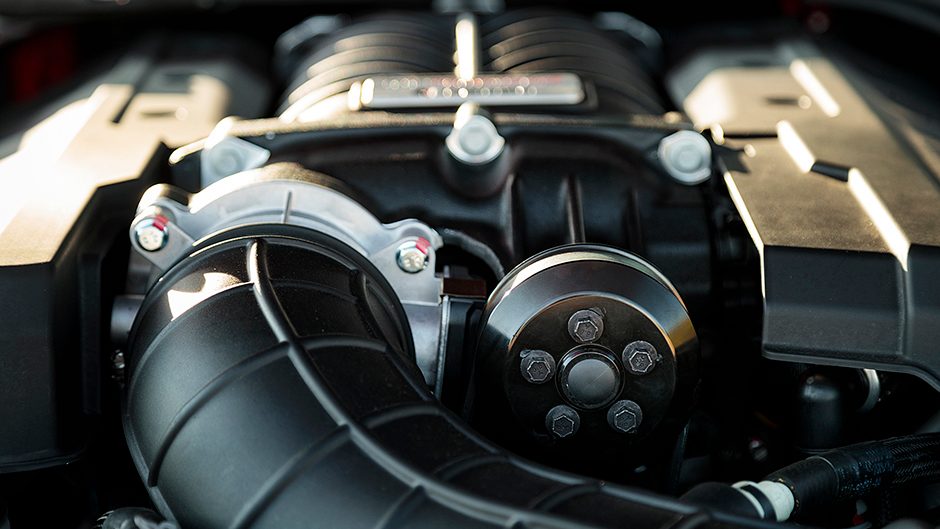
The car is listed on the Roush register too. Seemingly trivial things you might think but it’ll matter to the faithful.
You can get Roush performance and dress-up parts for your Mustang and mix and match bits, but when you buy a Roush RS model, it comes as Roush specifes, with only a few options available. There aren’t many variations on colour and stripes either.
You’ll have noticed the 3 in the nomenclature, meaning this is the full monty, a supercharged GT or, as the bonnet decal defines it, Roushcharged. An RS 1 is based on an Ecoboost, the RS 2 on a naturally aspirated GT, while the 3 takes it up to the level 710, as in horsepower. That’s courtesy of a Roush TVS2650 blower bolted to the gullet of the V8, sucking in 2.6 litres of air per revolution of the screws.
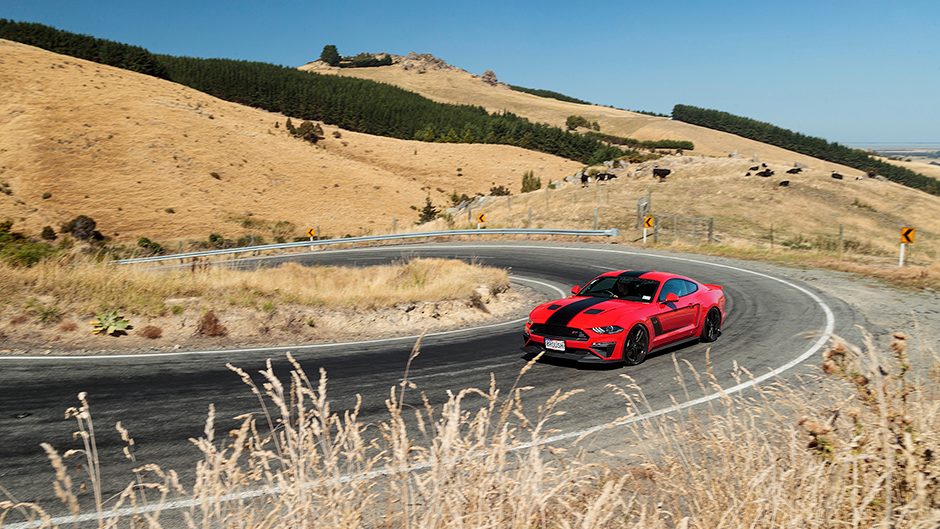
With a Roush engine tune and high octane gas, that’ll see the V8 outputting around 827Nm of torque too. The exterior is juiced up with the full Roush R8 aero package. The unique front end features a high-flow upper and wider lower grilles to get the air into the charger. There’s also a more prominent chin spoiler and ‘aero corner pockets’ to channel the wind through to the wheel arches. The lower skirt is wider and there are the faux side scoops behind the door and the boot lid duck tail.
Being a Canterbury car, it’s red with black stripes, and comes with the optional black forged 20-inch rims, rather than the usual silver. Inside, the seats are trimmed with a perforated suede and leather combo, and there are the Roush illuminated sills and the alloy pedals, complete with a Roush-branded foot rest.
The Roushcharged 5.0-litre is impressive, not only for the numbers it makes but the way it gets the job done. It sounds suitably ferocious on start up with a bellowing exhaust note, but with active pipes, it can be hushed up for more subtle getaways. It’s a well behaved monster at everyday speeds, no uncouth idling or tantrums in traffic, the throttle calm.
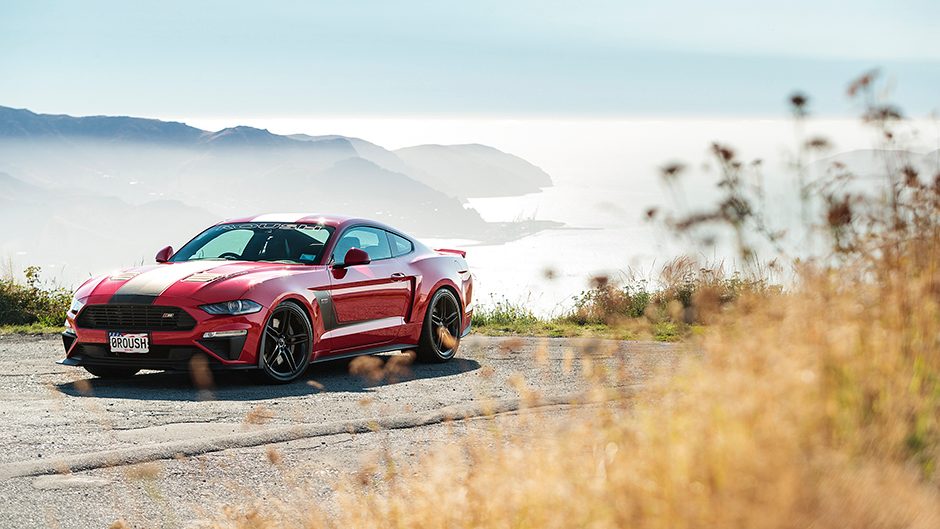
You don’t need much of it either to get by easily with a surplus of torque and gears. The 10-speed auto is good at skip-shifting up the ratios, into sixth and seventh quickly, to have it mooching along. Add some more gas and it doesn’t require a flurry of downshifts to start moving, with the ‘charger torque-loading the low-end rev range of the 5.0-litre.
The outputs are delivered in a genuinely linear fashion; the more throttle you give it, the more goodness it outputs. The real sizzle arrives at the top end with the stampede of horses bolting from 5000rpm onwards to sign off around 7000rpm. And by then you’re really piling on the numbers, the digital speedo flickering in its attempt to keep up. As we’ve noted before with these charged V8s, the real benefits of the blower are hard to truly tap on road, but it sure would be fun on the dragstrip.
We struggled for meaningful traction on a less than ideal surface when we ran the numbers, finding it hard to dip below 4.6sec. It was searingly hot too. But once hooked up it’s rapid, the auto snappily slurring through the ratios, but even so, the RS 3 seems to be just getting into its stride by the time 120km/h has flashed up so the 2.3sec 80-120 number wasn’t as good as it could be. So does the excess of steeds make it completely senseless on road? No, because there’s all that torque we mentioned.
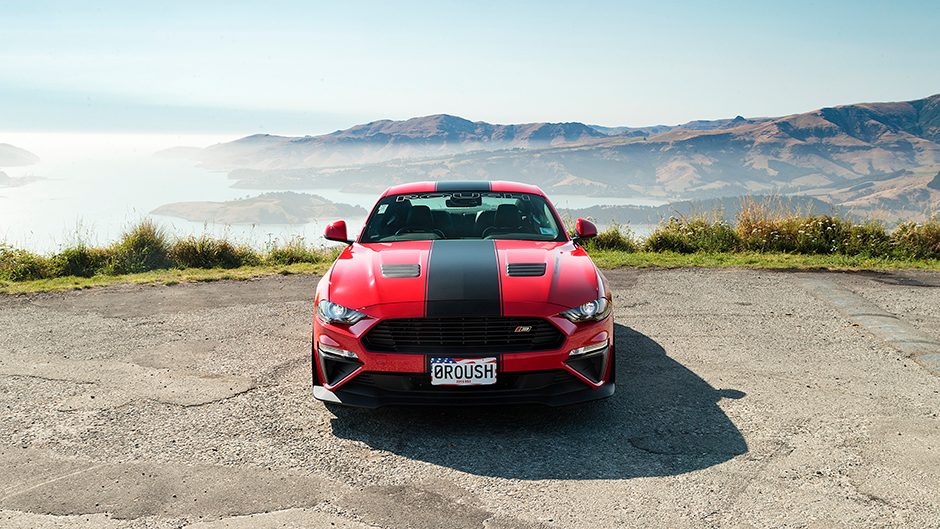
Clipping along some of the region’s narrower, winding sections of tarmac, the RS 3 proves both rapid and impressive. In Sport Plus mode, the throttle response is crisp, no lag from this boosted set-up. The 10-speed auto is a handy shifter but with so much easy torque, it’s best to have the ultimate say over the ratios by flapping away on the paddles. You don’t want it kicking down just as you punch the gas on corner exit.
A little restraint on that gas pedal helps, but once you’re just about pointing straight again, you can lean on it hard. The howling Coyote loves to rev but is now hauling much harder thanks to the charger. With more torque at the 3500rpm mark, this starts pulling sooner, and with the amount of gears at your disposal, you can either short shift or rev it out, whatever the road ahead dictates. The traction control calms the rears without being a nuisance, but then even running with it off, there’s good stick out of bends as long as you’re not on it too early. It’s an exciting drive rather than a crazed beast in need of taming.
And it stops too. The brakes are standard but up to it, the Brembos with good bite and power. The RS 3 runs a Roush shocker set-up, one with optimised bump and rebound settings, and unique springs. These are described as one-way coilovers, meaning they are height adjustable, while the optional three-way package adds ways to fiddle with the bump and rebound as well. The ride height is low for effect, the RS 3 hunkering down on its forged 20s, with just enough everyday clearance.
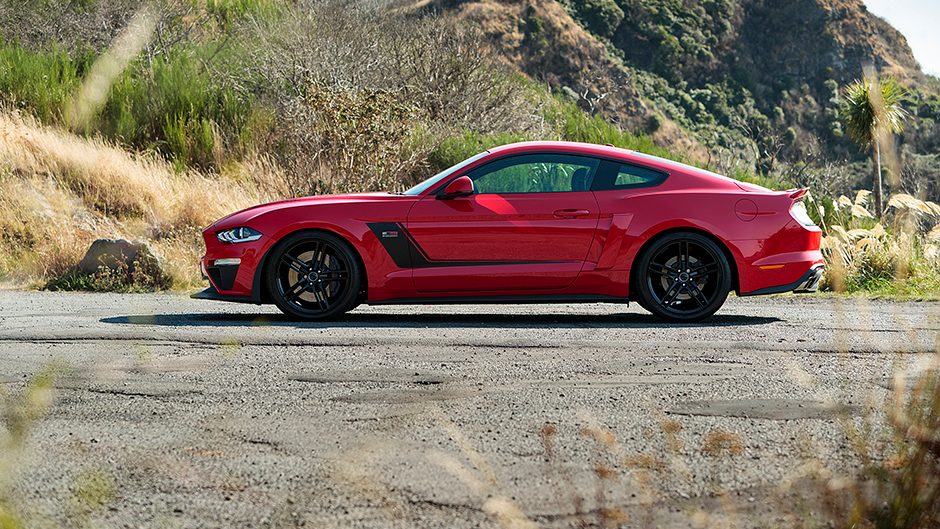
Its low speed ride is firm, exacerbated by the condition of Christchurch’s broken rumpty streets, but it’s a tune that comes right with some speed dialled in. It coped with the lumpy terrain, the rear end stable, and the front not concerned with following the contours of the road, though a little more ride height wouldn’t go astray.
This is a sporty set-up with little tolerance of roll and the sharp response from the front end means corners are done nicely. Fuel use can be hefty, that’s a given, but the real bummer is the range, the contents of the 60L tank disappearing all too quickly. The RS 3 costs $139,990, and comes with a five-year, 100,000km warranty.
While it’s a wedge more than the stock GT, it’s cheaper than HSV’s forthcoming Camaro ZL1, the cost of ‘remanufacturing’ pushing the price of the Chev up to $170k. Currently the RS 3 is only available at Hutchinson Ford, but plans are afoot to offer it through other Ford dealers.


